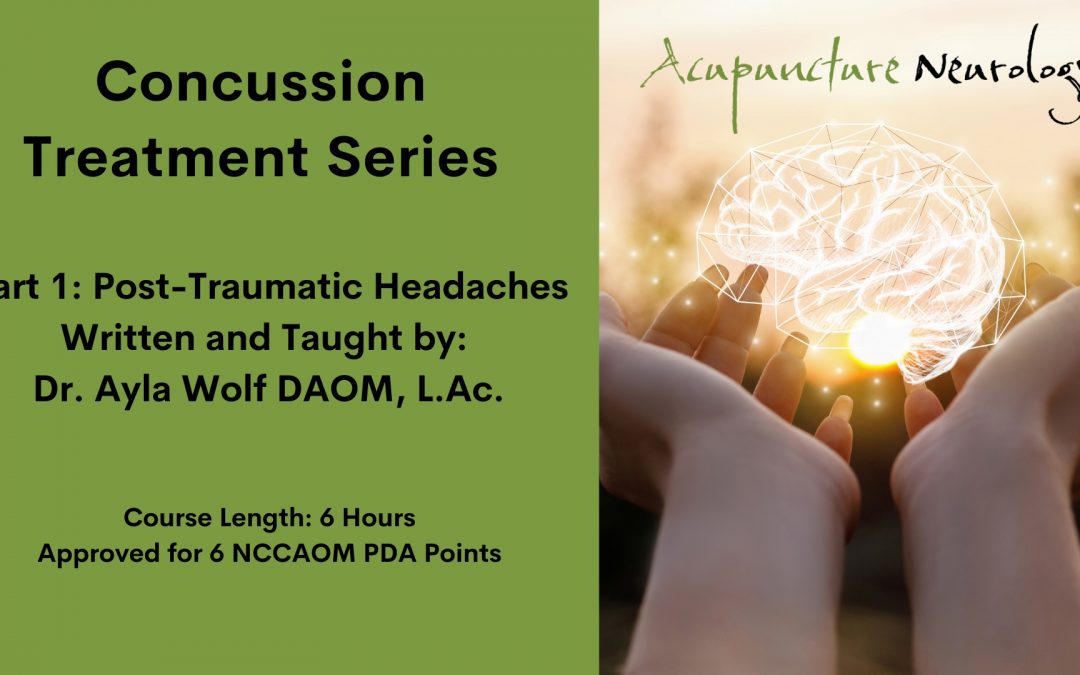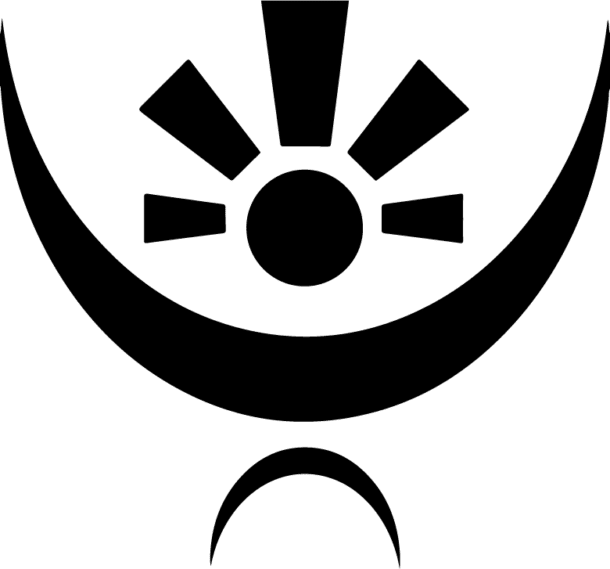PART 1 AVAILABLE HERE!
If 2020 taught us one thing, it was how to adapt to a fast-changing world, and… the importance of eyebrow pencils. I had quite a few hands-on courses scheduled for 2020 where I was going to dive into the many aspects of concussion recovery, however, as the world shut down, I turned my attention to transferring my material into an online format, and that online format kept growing and growing. People who have taken my Introductory Course to Post-Concussion Syndrome and my Differential Diagnosis of Concussion course have been patiently waiting for the part where we actually discuss the juicy stuff like treatment strategies. Thank you for your patience! The following video gives you an overview of the different topics that will be covered in the series.
In creating this treatment series, I wanted to take the opportunity to try and bring together as many aspects of what I do in the clinic each day into each lecture. This includes the educational pieces that I offer to my patients, the functional examination techniques, the tools and resources I use to assess patients, and a discussion of the treatments strategies. The question I am always asking myself, is, “what is the right tool for the job?” That is the question we will continue to explore in this series, and hopefully by the end, you will feel like your tool bag got a lot bigger.
Part 1 of this series focuses on the most common symptoms experienced by people with post-concussion syndrome: headaches. In this course we refer to them specifically as post-traumatic headaches, because as you will find out in the course, even if those headaches might look like a migraine, many times they are not quite the same thing. This is also why many times migraine medication falls way short of helping this specific population of people.
The course also covers:
- Unique features of post-traumatic headaches (PTH)
- PTH versus primary migraine headaches
- Migraines
- Vestibular Migraines
- Neuropathic pain and PTH
- Functional neurological assessments
- ICD-10 Diagnosis codes for PTH and migraines
- Acupuncture Strategies
- Chinese herbs for brain blood vessel inflammation
- Chinese herbs for blood stasis in the brain
- Chinese herbs for glymphatic function and dampness
- Chinese herbs for brain inflammation
- Chinese herbs for supporting microcirculation, liver, and kidney function
The course is approved for 6 NCCAOM PDA points and 6 CEUs for the California Acupuncture Board.
The treatment series will cover the following topics:
1.Post-traumatic headaches
2.Traumatic Neck Injuries
3.Cognitive Dysfunction
4.Dysautonomia
5.Mood Disorders
6.Sleep Disorders
7.Vestibular Disorders
8.Oculomotor Disorders
9.Brain Inflammation and Neurodegeneration
Learn more about the topics in this series by watching the short video above.
To get started with the treatment series you can go here. Please stay tuned for Part 2: Traumatic Neck Injuries coming soon by signing up for my newsletter. The sign-up box is on the bottom of my homepage.
As always, thank you for your dedication to learning.
~ Ayla Wolf


